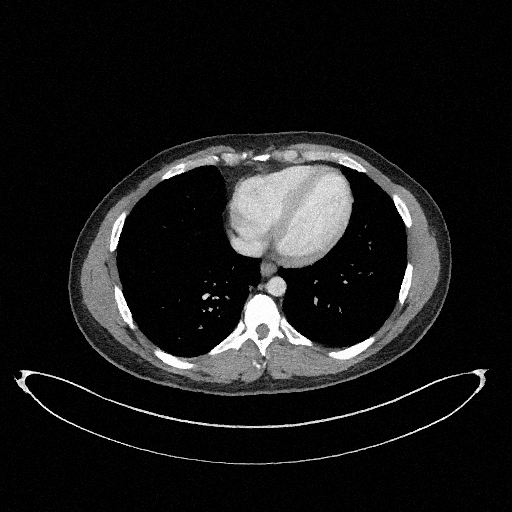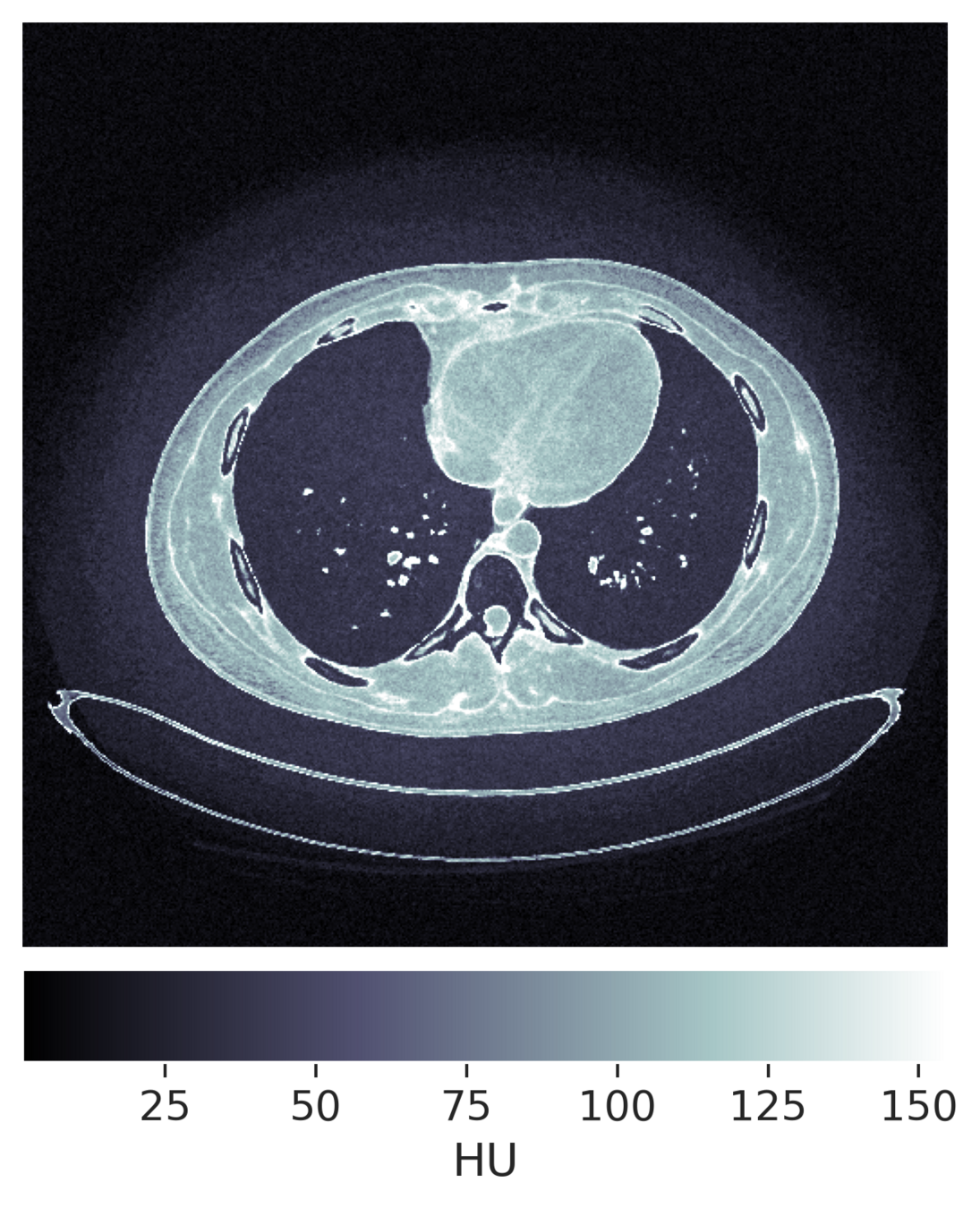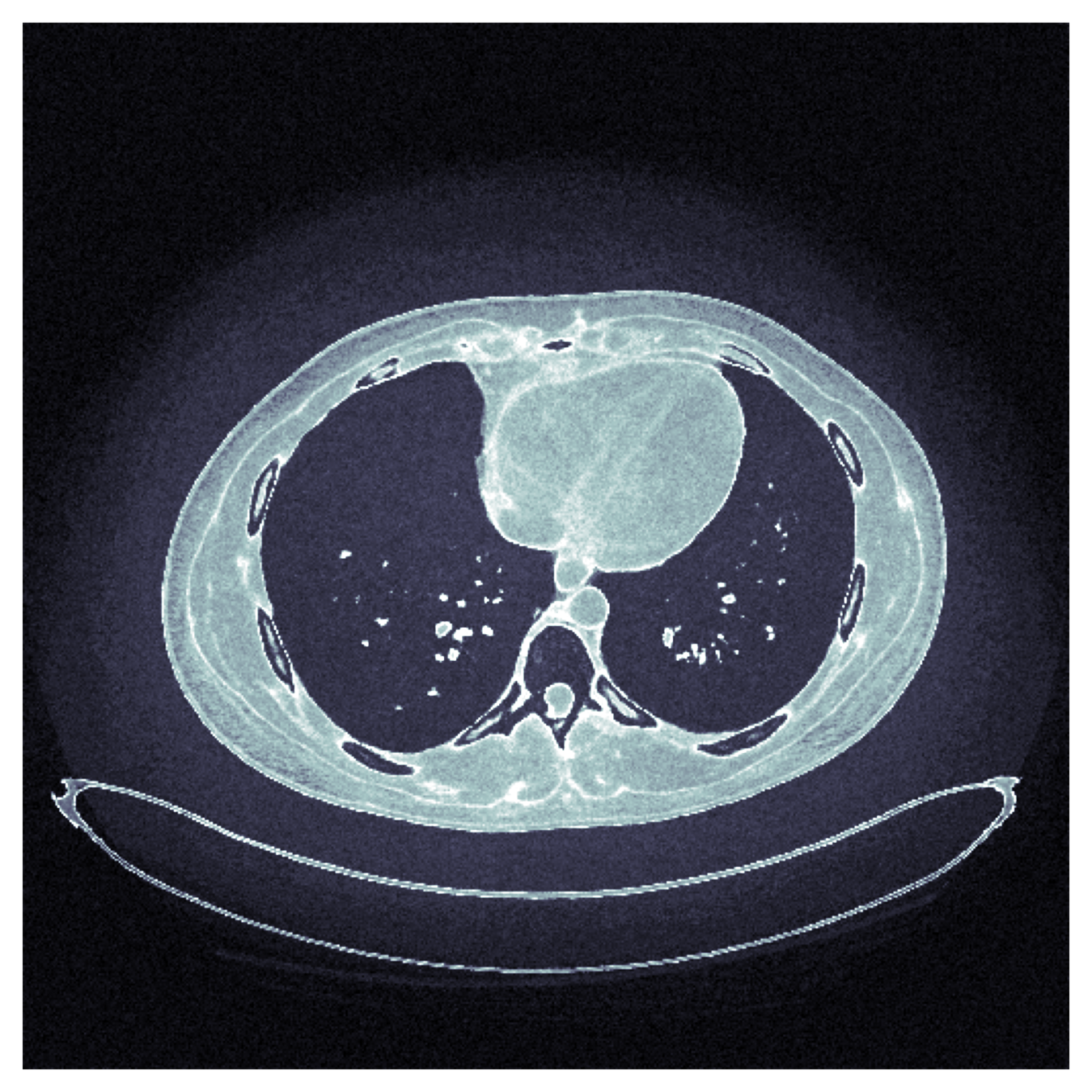Imaging, Data, and Learning:
Jeremias Sulam
Modern challenges in biomedical data science


microstrategy - 2024








Part I: Embracing AI
Three vignettes on medical imaging
Macro
Meso
Micro



Learning to image the human brain
Magnetic Susceptibility



- degree to which a material is magnetized when placed in a magnetic field
- Heme Iron (RBCs)
- Myelin (diamagnetic)












learned, data-driven regularizer
Learning to image the human brain


Magnetic Susceptibility



- degree to which a material is magnetized when placed in a magnetic field
- Heme Iron (RBCs)
- Myelin (diamagnetic)




Learning to image the human brain

Part I: Embracing AI
Three vignettes on medical imaging
Macro
Meso
Micro



Tools in Digital Pathology


Tools in Digital Pathology

tumor
non tumor
Can we refine these automatically?
false positives
false negatives


Tools in Digital Pathology


- Training on a single slide

Tools in Digital Pathology






necrotic tumor
viable tumor
non-tumor



Manual coarse annotation

Computational refinement

Ground truth
Part I: Embracing AI
Three vignettes on medical imaging
Part I: Embracing AI
Three vignettes on medical imaging
Macro
Meso
Micro



Imaging thousands of synapses in vivo



GluA2 AMPAR receptor subunit with a pH-dependent fluorescent tag (SEP) enables in vivo visualization of endogenous GluA2-containing synapses.

Imaging thousands of synapses in vivo



GluA2 AMPAR receptor subunit with a pH-dependent fluorescent tag (SEP) enables in vivo visualization of endogenous GluA2-containing synapses.





Imaging thousands of synapses in vivo





Imaging thousands of synapses in vivo






Part II: Embracing AI (carefully)


Interpretability
Fairness
Uncertainty Quantification




Uncertainty Quantification



How to quantify and report uncertainty?





Filtered Back Projection
Diffusion Model
Uncertainty Quantification

For an observation \(y\)
\[y = x + \epsilon,~\epsilon \sim \mathcal{N}(0, \sigma^2\mathbb{I})\]
reconstruct \(x\) with
\[\hat{x} = F(y) \sim \mathcal{Q}_y \approx p(x \mid y)\]
Uncertainty Quantification
\(x\)
\(y\)
\(F(y)\)





Lemma
\(\mathcal I(y)\) provides entrywise coverage for pixel \(j\), i.e.
\[\mathbb{P}\left[\text{next sample}_j \in \mathcal{I}(y)_j\right] \geq 1 - \alpha\]
If \[\mathcal{I}(y)_j = \left[ \frac{\lfloor(m+1)Q_{\alpha/2}(y_j)\rfloor}{m} , \frac{\lceil(m+1)Q_{1-\alpha/2}(y_j)\rceil}{m}\right]\]
Uncertainty Quantification
\(0\)
\(1\)
low: \( l(y) \)
\(\mathcal{I}(y)\)
up: \( u(y) \)
(distribution free)


\(x\)
\(y\)
lower
upper
intervals
\(|\mathcal I(y)_j|\)
Uncertainty Quantification



\(0\)
\(1\)
Risk Controlling Prediction Sets
ground-truth is
contained
\(\mathcal{I}(y_j)\)
\(x_j\)

Procedure For pixel \(j\)
\[\mathcal{I}_{\lambda}(y)_j = [\text{lower} - \lambda, \text{upper} + \lambda]\]
choose
\[\hat{\lambda} = \inf\{\lambda \in \mathbb{R}:~\forall \lambda' \geq \lambda,~\text{risk}(\lambda') \leq \epsilon\}\]
ground-truth is
contained
\(0\)
\(1\)
\(\mathcal{I}(y_j)\)
\(\lambda\)
\(x_j\)
Risk Controlling Prediction Sets
Definition For risk level \(\epsilon\), failure probability \(\delta\), \(\mathcal{I}(y_j) \) is a RCPS if
\[\mathbb{P}\left[\mathbb{E}\left[\text{fraction of pixels not in intervals}\right] \leq \epsilon\right] \geq 1 - \delta\]


\(K\)-RCPS: High-dimensional Risk Control
scalar \(\lambda \in \mathbb{R}\)
\(\mathcal{I}_{\lambda}(y)_j = [\text{low} - \lambda, \text{up} + \lambda]\)
\(\rightarrow\)
vector \(\bm{\lambda} \in \mathbb{R}^d\)
\(\rightarrow\)
\(\mathcal{I}_{\bm{\lambda}}(y)_j = [\text{low} - \lambda_j, \text{up} + \lambda_j]\)
Guarantee: \(\mathcal{I}_{\bm{\lambda}}(y)_j = [\text{low} - \lambda_j, \text{up} + \lambda_j]\) are RCPS
For a \(K\)-partition of the pixels \(M \in \{0, 1\}^{d \times K}\)

\(K=4\)
\(K=8\)
\(K=32\)


\(\hat{\lambda}_K\)
conformalized uncertainty maps
\(K=4\)
\(K=8\)

Teneggi, J., Tivnan, M., Stayman, W., & Sulam, J. (2023, July). How to trust your diffusion model: A convex optimization approach to conformal risk control. In International Conference on Machine Learning. PMLR.
\(K\)-RCPS: High-dimensional Risk Control



\[\mathbb{P}\left[\mathbb{E}\left[\text{fraction of pixels not in intervals}\right] \leq \epsilon\right] \geq 1 - \delta\]
Interpretability


ground truth pixels!
true whatever your model, whatever your training data,
distribution free


uncertainty intervals:
K-RCPS: High dimensional conformal risk control


Part II: Embracing AI (carefully)


Interpretability
Fairness
Uncertainty Quantification

Interpretability


What parts of the image are important for this prediction?
What are the subsets of the input so that




Hierarchical Shapley


Fast hierarchical games for image explanations, Teneggi, Luster & Sulam,
IEEE Transactions on Pattern Analysis and Machine Intelligence, 2022



Hierarchical Shapley

Teneggi, J., Bharti, B., Romano, Y., & Sulam, J. (2023). SHAP-XRT: The Shapley Value Meets Conditional Independence Testing. Transactions on Machine Learning Research.Precise Notions of Importance

(Interpretability as Hypothesis Testing)
Text
\(H_0:\) "The distribution of \(f(x)\) w.r.t. a feature set \(S\) remains unchanged when the \(i^{th}\) feature is introduced"


Teneggi, J., Yi, P. H., & Sulam, J. (2023). Examination-level supervision for deep learning–based intracranial hemorrhage detection at head CT. Radiology: Artificial Intelligence, e230159.
Precise Notions of Importance

Part II: Embracing AI (carefully)


Interpretability
Fairness
Uncertainty Quantification


Fairness



Is the model fair?



Pneumonia
Clear
95% accurate

Fairness



Pneumonia
Clear
Does your model achieve a \(\Delta_{\text{TPR}}\) of at most (say) 6% ?


95% accurate

Fairness



Pneumonia
Clear


Tight upper bounds to fairness violations
(optimally) Actionable
Maximum TPR
discrepancy
True TPR
discrepancy
Bharti, B., Yi, P., & Sulam, J. (2023). Estimating and Controlling for Equalized Odds via Sensitive Attribute Predictors. Neurips.Fairness
95% accurate







Collaborators
Adam Charles (BME)
Peter van Zijl (Radiology)
Xu Li (Radiology)
Paul H. Yi (UMB, Radiology)
Web Stayman (BME)
Mat Tivnan (BME)
Sasha Popel (BME)
Tiger Xu (Neuro)
Dwight Bergles (Neuro)
Rick Huganir (Neuro)
Agustin Graves (Neuro, BME)
Gabrielle Coste (Neuro)
Aaron W. James (Pathology)
Carla Saoud (Pathology)
Sintawat Wangsiricharoen (Patho)
Christa L LiBrizzi (Patho)
Carol D Morris (Patho)
Adam S Levin (Patho)


Thank you





Game Changers: Artificial Intelligence Part I, 2028